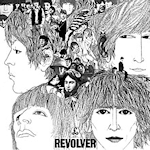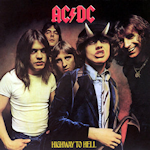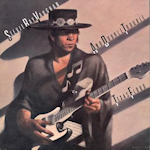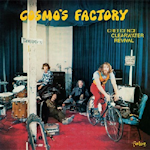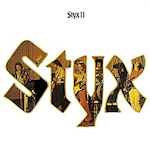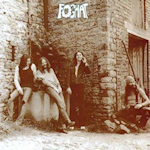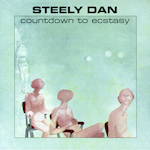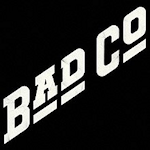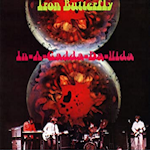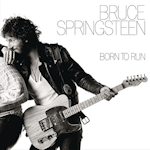
"Born to Run" is the third studio album by American singer-songwriter Bruce Springsteen, released on August 25, 1975, by Columbia Records. The album is considered to be one of Springsteen's greatest works and a landmark album in the history of rock music.
The album features some of Springsteen's most iconic songs, including the title track "Born to Run," "Thunder Road," and "Jungleland." They, along with the tracks "She's the One" and "Tenth Avenue Freeze-Out," became staples of album-oriented rock radio and Springsteen concert high points.
"Born to Run" was produced by Springsteen himself, along with Jon Landau and Mike Appel. The production quality is highly polished and sophisticated, with a fuller sound than Springsteen's previous albums. The album's sound is heavily influenced by 1950s and 1960s rock and roll, with elements of soul, blues, and folk.
The lyrics of "Born to Run" are highly personal and introspective, with themes of escape, freedom, and the search for meaning in life. The album's songs are deeply connected to Springsteen's own life experiences and reflect his working-class background and struggles to find success as a musician.
"Born to Run" was a critical and commercial success, reaching No. 3 on the Billboard 200 chart and establishing Springsteen as a major force in American rock music. It has since been certified 6x Platinum in the United States, and is widely regarded as one of the greatest albums of all time.
Bruce Springteen genealogy and discographyExplore Bruce Springsteen music on Amazon...

